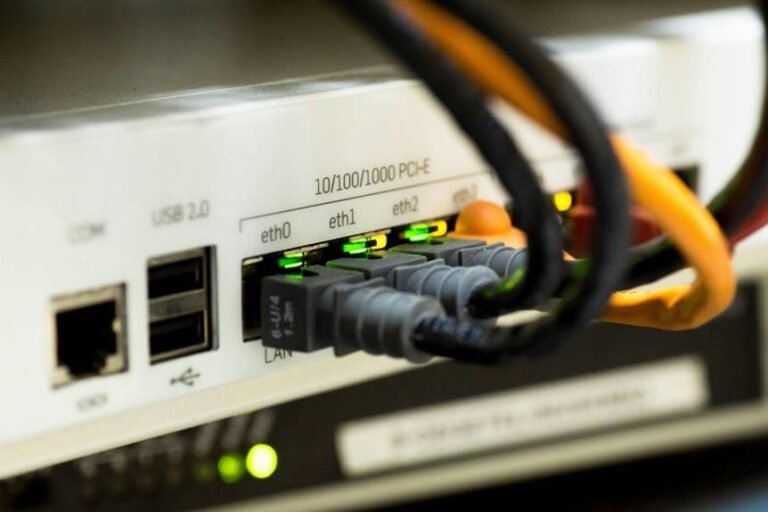Cable BNC vs. Ethernet: 7 razones para elegir uno

Elegir entre cables BNC y Ethernet depende de sus necesidades. Si la simplicidad y la rapidez de configuración son importantes, Ethernet es la mejor opción con sus conectores RJ45 fáciles de usar. Por su durabilidad y resistencia a interferencias, los cables BNC destacan, especialmente en sistemas de vigilancia. Ethernet destaca en datos…


